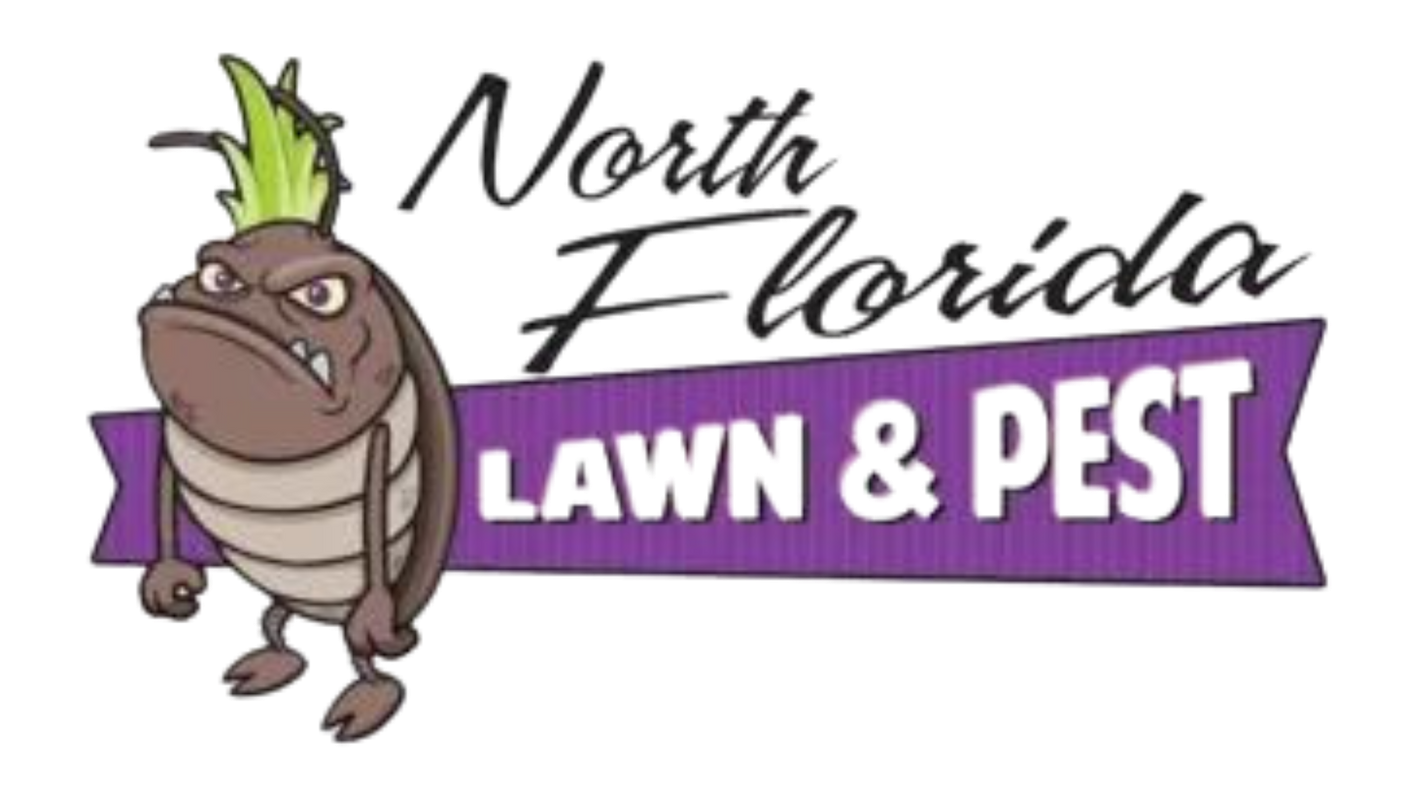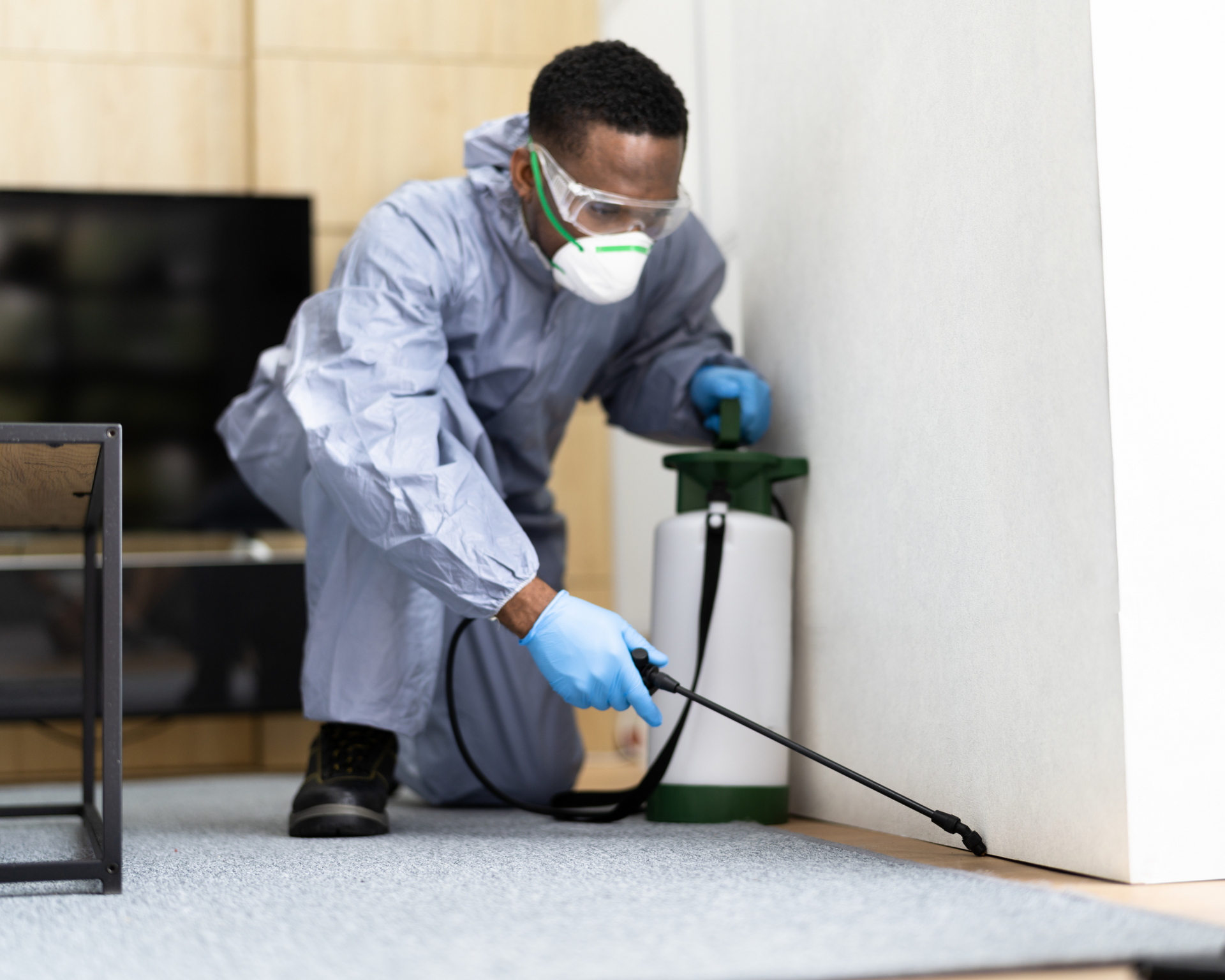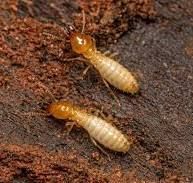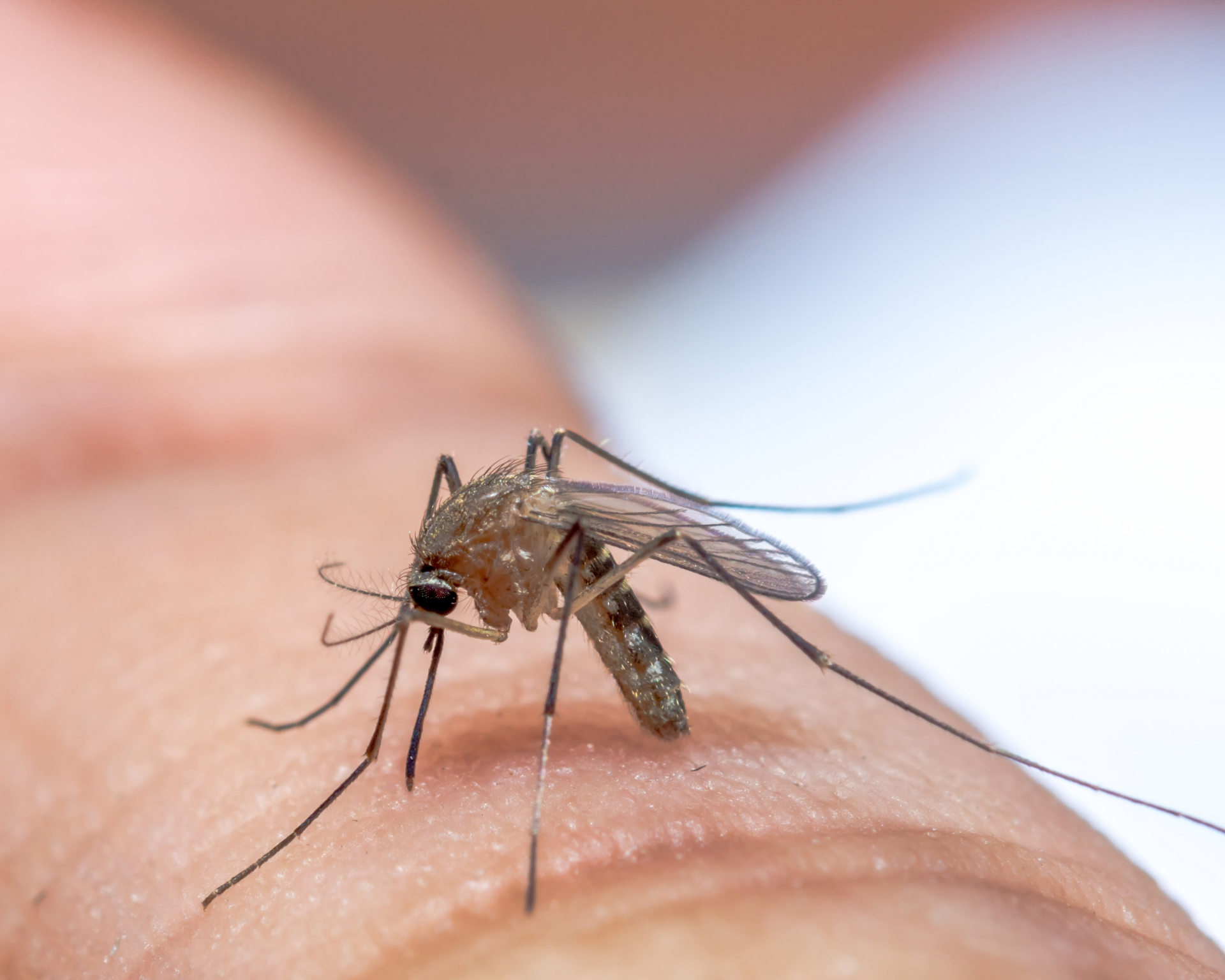How Can Weather Changes Affect Pest Activity Around Your Home?
Weather Changes Affect Pest Activity
Weather plays a big role in how pests behave, where they go, and how active they become. From temperature shifts to seasonal storms, each change in the environment can impact the types of pests you see around your home. Weather changes affect pest activity by influencing their movement, reproduction, and survival, making it important to understand these patterns. By staying ahead of these shifts, you can take action before a minor pest issue turns into a full-blown infestation.
Temperature’s Effect on Pest Activity
Pests are highly sensitive to temperature changes, which can influence their behavior, reproduction, and migration patterns.
- Warm Weather – As temperatures rise, pests like ants, mosquitoes, and termites become more active. Warm conditions speed up their life cycles, leading to rapid population growth and increased infestations.
- Extreme Heat – While warm weather attracts pests, extreme heat can force them indoors in search of cooler environments. This is why you may see an uptick in cockroaches, rodents, and other pests entering homes during heatwaves.
- Cold Weather – As temperatures drop, pests such as rodents, spiders, and certain insects seek shelter indoors to escape the cold. Some pests, like ants and bees, slow down or go dormant, while others actively search for warm places to survive.
By recognizing these seasonal shifts, you can take preventive steps such as sealing entry points and minimizing food and water sources to keep pests from invading your home.
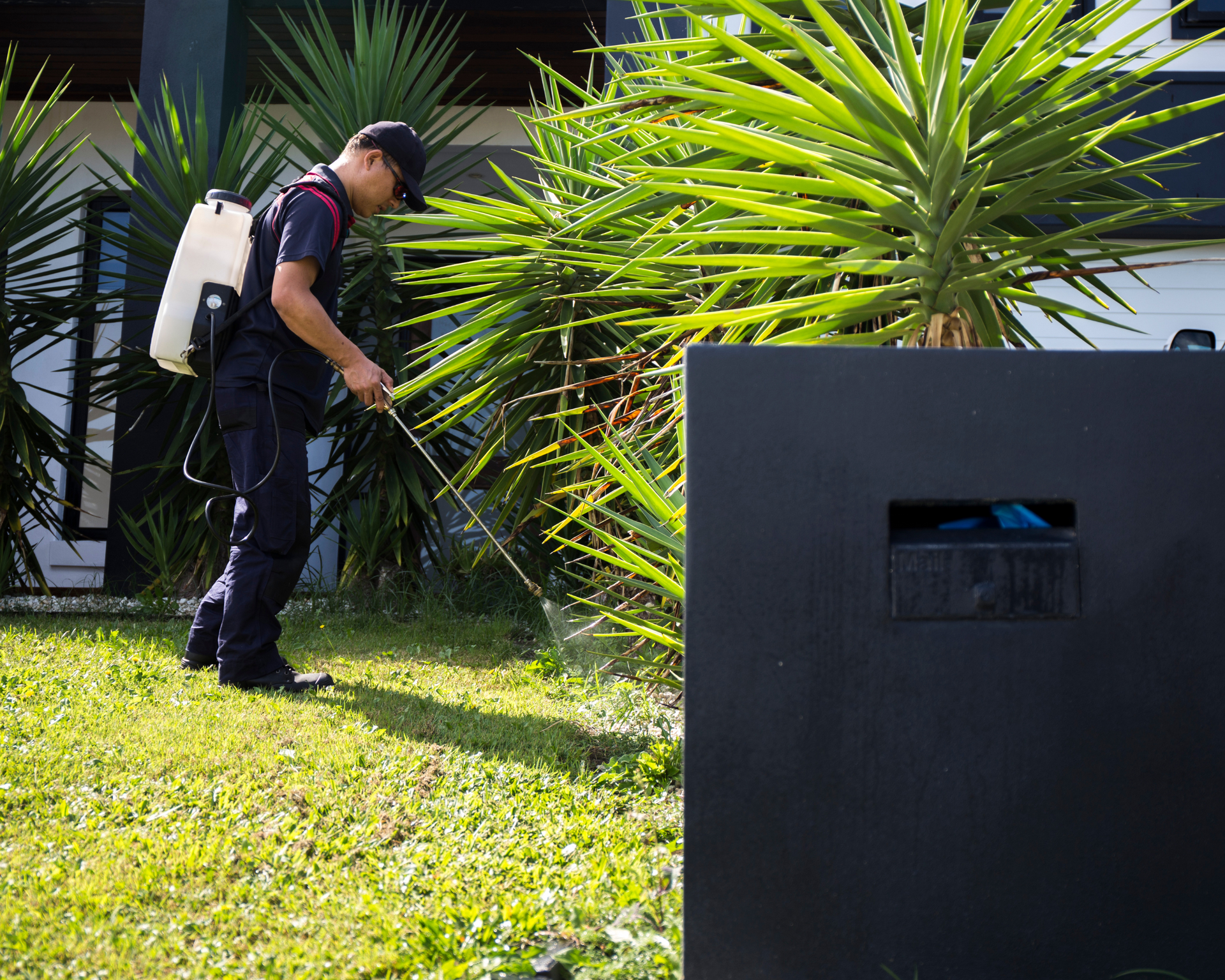
How Humidity and Moisture Impact Pests
Humidity levels also play a key role in pest activity.
- High Humidity – Pests such as cockroaches, termites, and ants thrive in humid conditions. Excess moisture creates the perfect environment for breeding, making infestations more likely.
- Heavy Rainfall – After heavy rains, standing water provides ideal breeding grounds for mosquitoes and attracts rodents searching for food and shelter. Additionally, water damage can weaken home structures, making it easier for pests like termites to invade.
- Drought Conditions – When there’s little rainfall, pests such as rodents, ants, and cockroaches may move indoors looking for water sources. You might notice them near sinks, pipes, and pet bowls.
Keeping your home dry and free from excess moisture can help prevent many common pest problems. Fixing leaks, improving drainage, and using dehumidifiers in damp areas are simple but effective strategies.
Seasonal Pest Patterns: What to Expect
Different pests become more active at certain times of the year.
- Spring – Warmer temperatures bring ants, termites, and stinging insects out of hiding. This is also the time when many pests begin mating, leading to an increase in their numbers.
- Summer – Mosquitoes, flies, and wasps thrive in the heat, while ants continue to search for food indoors. Dry conditions may drive rodents and cockroaches inside looking for water.
- Fall – As temperatures cool, pests like mice, rats, stink bugs, and boxelder bugs start seeking shelter indoors. Spiders may also become more noticeable as they hunt for food.
- Winter – Cold weather sends rodents, cockroaches, and silverfish inside, where they can survive until warmer temperatures return. Bed bugs also remain active, especially with increased holiday travel.
By staying aware of these seasonal trends, you can prepare your home accordingly—sealing gaps, removing attractants, and scheduling regular pest inspections before issues arise.
The Role of Wind and Air Currents
Strong winds can carry pests over long distances, bringing new infestations to different areas. Insects such as aphids and mites can be transported by the wind, while airborne pest-borne diseases can spread more easily during stormy conditions. Ensuring that vents, doors, and windows are properly sealed can help prevent wind-driven pests from entering your home.
Weather-Responsive Pest Prevention
Adjusting pest control efforts based on weather conditions can make a big difference in keeping your home pest-free.
- After Rainstorms – Remove standing water to reduce mosquito breeding. Check for leaks or moisture buildup that might attract termites and cockroaches.
- During Hot Weather – Keep food and trash sealed to avoid attracting ants, flies, and rodents. Make sure doors and windows are properly closed to prevent pests from seeking cooler indoor spaces.
- Before Cold Weather Hits – Inspect and seal any cracks, gaps, or openings where rodents and insects could enter. Clear out clutter in attics and basements where pests might hide.
Want To Learn More? Contact Us
By understanding how weather changes impact pest behavior, you can take proactive steps to keep your home protected year-round. Regular maintenance, moisture control, and timely pest inspections can go a long way in preventing infestations. Whether sealing entry points in winter or eliminating standing water in summer, small adjustments can make a big difference in keeping pests out of your home. And if you're looking for an expert, don’t hesitate to contact us here and get to know how our different pest control services can help you.
Like this post? Share it here...
